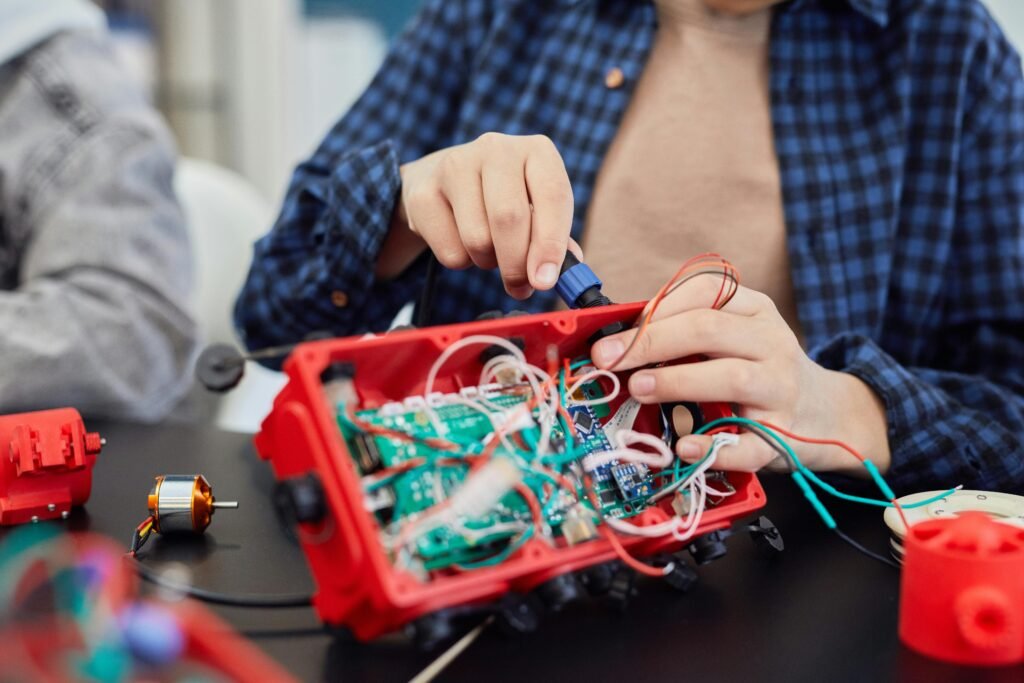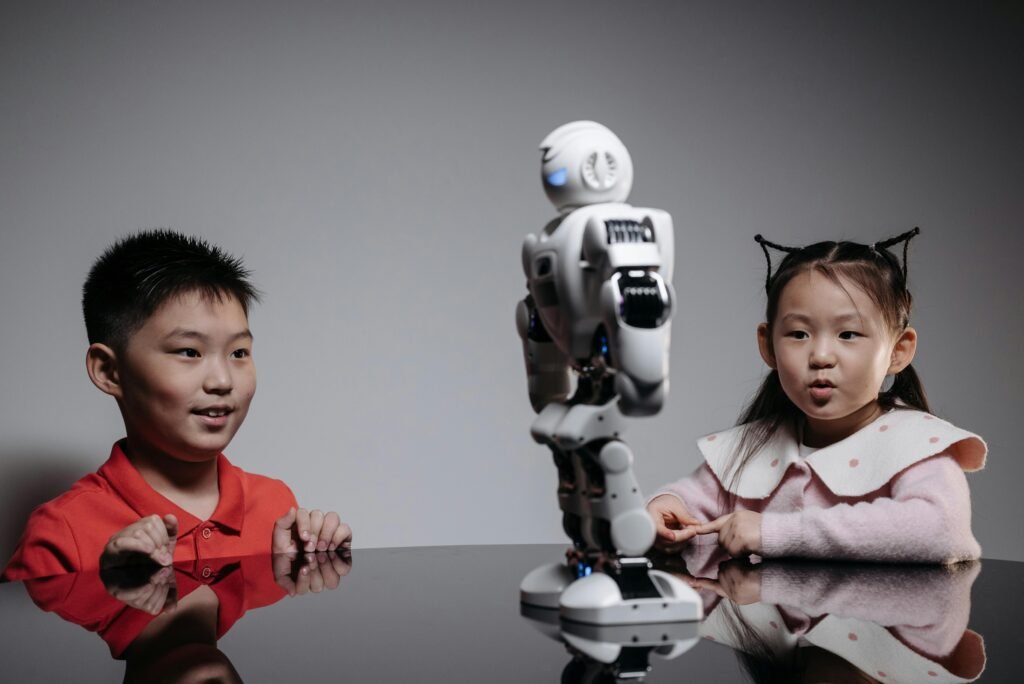🚀 How to Build Your First Machine Learning Model: 7 Easy Steps for Beginners (2025)
If you’re wondering how to build your first machine learning model, you’re in the right place. In 2025, building a basic ML model is easier than ever—even if you’re new to coding or data science.
At AiBlogQuest.com, we’ve broken it down into 7 beginner-friendly steps using free tools, real data, and hands-on practice.
🧠 Step 1: Understand the Basics of Machine Learning
Before jumping into model-building, it’s essential to know what a machine learning model does:
-
It learns patterns from data
-
It makes predictions or decisions based on that learning
-
It improves with feedback over time
There are three major types:
-
Supervised Learning (predict labels)
-
Unsupervised Learning (find patterns)
-
Reinforcement Learning (learn through reward)
📚 Related: A Beginner’s Guide to Neural Networks
📊 Step 2: Choose a Simple Dataset
Start with a clean, labeled dataset. Some great beginner-friendly options:
-
Iris Dataset (for classification)
-
Titanic Dataset (for survival prediction)
-
California Housing (for regression)
Use platforms like Kaggle, UCI Machine Learning Repository, or Google Dataset Search.
💻 Step 3: Set Up Your Environment
Recommended tools:
-
Google Colab – No install needed, runs in your browser
-
Jupyter Notebook – Ideal for local development
-
Python 3.9+ with libraries:
pandas,scikit-learn,matplotlib
Install with:
🧹 Step 4: Clean and Explore Your Data
Use pandas to:
-
Handle missing values
-
Encode categorical variables
-
Normalize or scale data if needed
Use visualizations (via matplotlib or seaborn) to explore trends and outliers.
🧠 Step 5: Choose and Train Your Model
Use scikit-learn to build your first model.
For classification:
model = LinearRegression()
model.fit(X_train, y_train)
Split your data using:
📈 Step 6: Evaluate Model Performance
Use:
-
Accuracy, Precision, Recall for classification
-
Mean Squared Error, R² Score for regression
🛠️ Step 7: Improve and Experiment
Try:
-
Changing algorithms
-
Hyperparameter tuning (GridSearchCV)
-
Feature engineering
-
Adding more data
Bonus: Try AutoML platforms like Google Vertex AI or Microsoft Azure AutoML for easier optimization.
🔗 Useful Links from AiBlogQuest.com
❓ FAQ: How to Build Your First Machine Learning Model
Q1. Do I need to be a programmer to build an ML model?
Not at all! Tools like Google Colab and beginner tutorials let you follow along step-by-step.
Q2. How long does it take to build a model?
With the right guide and dataset, your first machine learning model can be built in under an hour.
Q3. Which programming language should I use?
Python is the most popular and beginner-friendly choice for machine learning.
Q4. Can I build models without coding?
Yes—try Teachable Machine by Google, Runway ML, or Lobe for no-code experiences.
Q5. What’s the next step after building my first model?
Try new datasets, explore neural networks, or join Kaggle competitions to keep improving.
🏁 Final Thoughts
Knowing how to build your first machine learning model is a huge milestone. With these 7 steps, you’re well on your way to becoming a machine learning practitioner—even as a beginner.
Explore more ML tips, tools, and tutorials at AiBlogQuest.com—your AI learning hub in 2025.
🏷️ Tags:
how to build your first machine learning model, ml model tutorial, machine learning for beginners, ai projects 2025, python ml tutorial, aiblogquest



